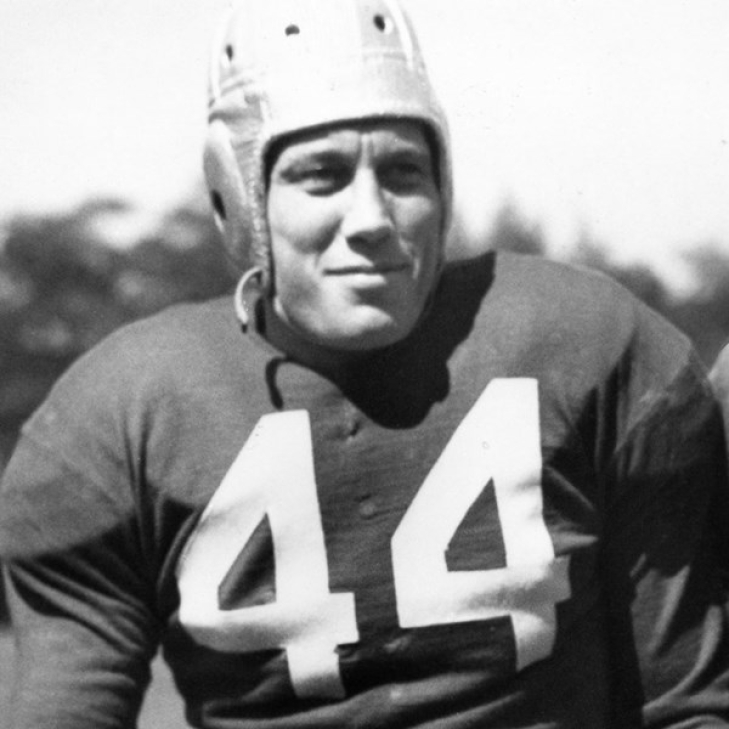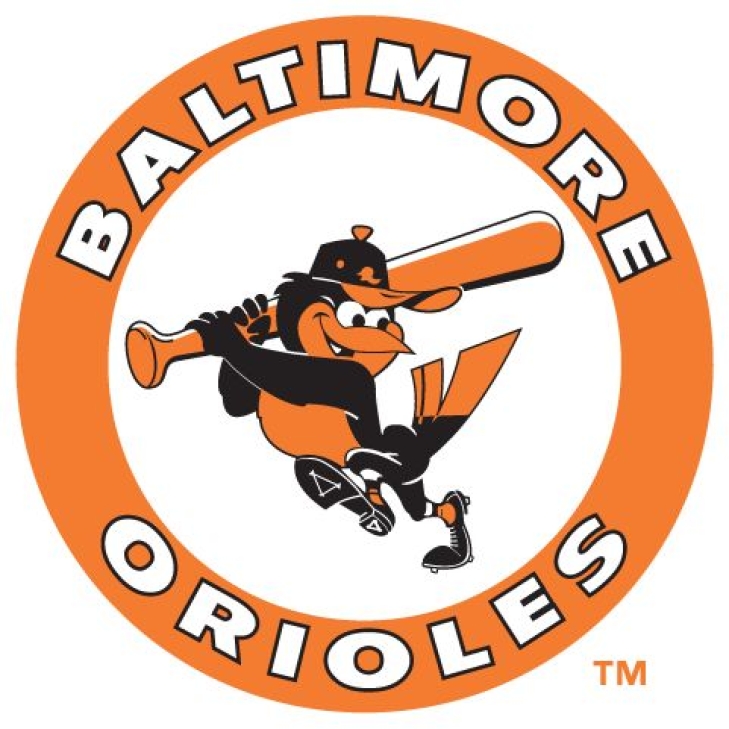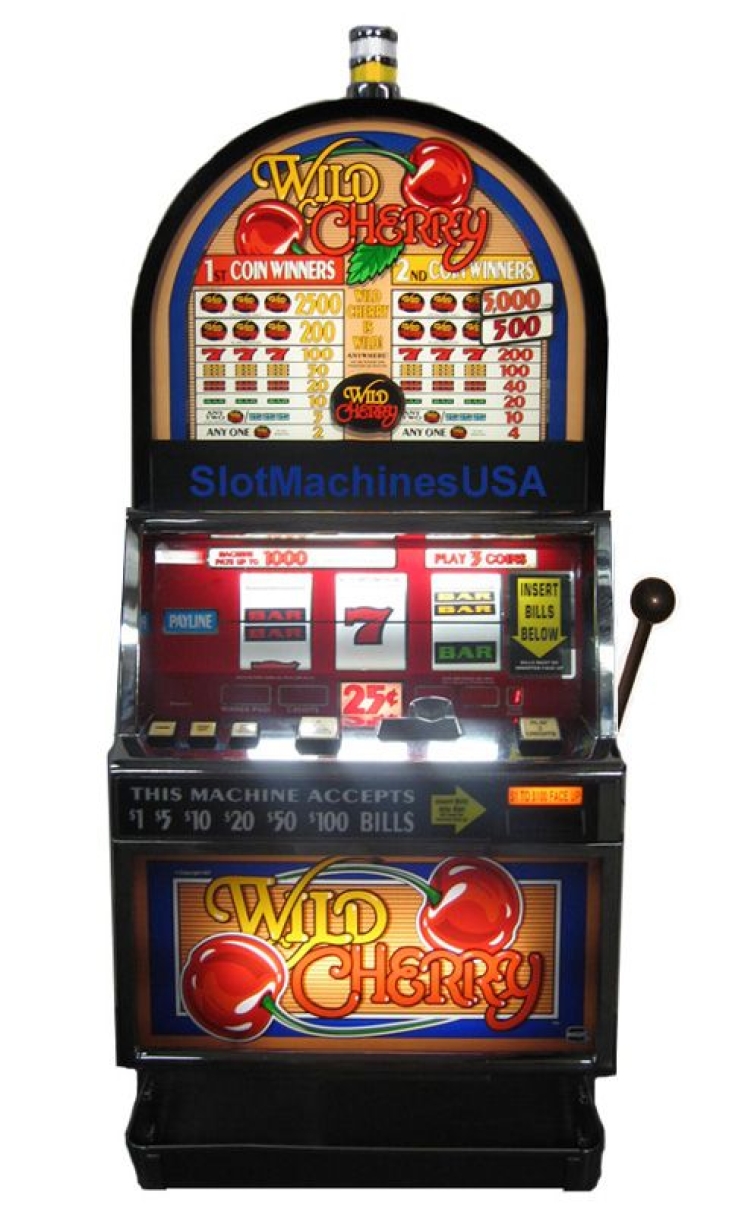
Committee Chairman
The Pro Football Hall of Fame Revisited Project: 1954 FINAL VOTE
1954 Pro Football Hall of Fame Revisited Project Class.
Here we are! Again!!
If you have been following our Pro Football Hall of Fame Revisited Project, you know that we have asked the rhetorical question…what if the PFHOF began in January of 1946?
After soliciting and obtaining a passionate group of football fans and historians, we sent out a ballot for a Preliminary Vote, which we asked each voter to give us 25 names as their semi-finalists, and 5 in the Senior Pool. Following that, we asked the group to vote for their 15 Finalists in the Modern Era, and 3 in the Senior Category. The final stage was to vote for their five Modern Era inductee, one Senior inductee and one Coaches/Contributor inductee.
This is the result of the ninth official class;
Below, are the final results of this project based on 31 votes, with a major change that we began “last year”: ALL FINALISTS MUST obtain 50% of the VOTE!
This is for the “Modern Era”
*Bold indicates they have been elected to the Pro Football Hall of Fame Revisited Class of 1955:
|
Player |
Year of Eligibility |
Vote Total |
|
Bruiser Kinard T |
2 |
23 |
|
Ace Parker TB-DB-QB |
3 |
22 |
|
Red Badgro T-G |
13 |
16 |
|
Cecil Isbel TB-HB |
7 |
15 |
|
Jim Benton E |
2 |
12 |
|
Steve Owen T-G |
16 |
8 |
|
Tony Latone |
19 |
7 |
|
Gus Sonnenberg T-FB-TB |
19 |
7 |
|
Joey Sternaman QB-BB T-FB-TB |
19 |
7 |
|
Beattie Feathers HB-WB |
9 |
6 |
|
Wayne Millner E |
4 |
5 |
|
Al Nesser G-T-E-C |
18 |
4 |
|
Marshall Goldberg FB |
1 |
4 |
|
Bill Osmanski FB |
2 |
3 |
|
Ward Cuff WB-QB-HB |
1 |
2 |
This is for the “Senior Era”, which resulted in no entry.
|
Swede Youngstrom |
2 |
13 |
|
Hunk Anderson |
4 |
10 |
|
Cub Buck |
4 |
4 |
|
None of the Above |
N/A |
4 |
This is for the Coaches/Contributor, which resulted in no entry.
|
Charles Bidwell |
5 |
13 |
|
Elmer Layden |
5 |
4 |
|
Carl Strock |
5 |
3 |
|
None of the Above |
N/A |
11 |
About the 1955 Inductees:
Bruiser Kinard T, BKN 1938-44, NYY 1946-47: Inducted in 1954 on his 2nd Ballot. Was inducted into the actual Pro Football Hall of Fame in 1971.
A two-time All-American at Mississippi, Frank “Bruiser” Kinard, lived up to his nickname in both college and the pro ranks. Kinard played for Brooklyn in the NFL where the hyper-aggressive Tackle consistently inflicted damage to his opponents without getting injured himself. Praised in football for his speed and blocking abilities, he earned three First Team All-Pros with the Dodgers/Tigers, and he made history when he joined the New York Yankees of the AAFC in 1946, and became the first player to earn First Team All-Pro honors in both leagues.
Ace Parker TB-DB-QB, BKN 1937-41, BOS 1945, NYY 1946: Inducted in 1954 on his 3rd Ballot. Was inducted into the actual Pro Football Hall of Fame in 1972.
Clarence “Ace” Parker was one of the most versatile players ever to compete on the gridiron, especially on the offensive side of the ball. Parker was a triple-threat, who could pass, rush and kick, all at an elite level, and was instrumental in what good seasons that the now defunct Brooklyn Dodgers had. A two-time First Team All-Pro, Parker also could excel at defense, as shown in 1940 when he led the NFL in Interceptions. Parker missed a lot of
time due to World War II, but came back to play two years in the AAFC.
Red Badgro E-DE, NYG 1936-43: Inducted in 1954 on his 13th Ballot (really his 9th ballot). Was inducted into the actual Pro Football Hall of Fame in 1981.
At the University of Southern California, Red Badrgo did it all. He was a star athlete in baseball, basketball, and football and was an elite performer in all of them. Following his career as a Trojan, Badgro played for the New York Yankees of the NFL. When the Yankees folded during the 1928 season, Badgro turned his attention to baseball, but he abandoned that to return to the gridiron in 1930 for the New York Giants. Badgro was with the Giants for six seasons, where he was considered one of the best offensive blockers and an upper-end tackler on defense. Badgro would assist in New York’s 1934 Championship, and he was individually a two-time First Team All-Pro. He also would lead the league in Receptions in 1933.
Our All-Time Top 50 Baltimore Orioles have been revised to reflect the 2023 Season
Yes, we know that this is taking a while!
As many of you know, we here at Notinhalloffame.com are slowly generating the 50 of each major North American sports team. That being said, we have existing Top 50 lists out and we always consistently look to update them when we can and based on necessity. As such, we are very happy to present our post 2022/23 revision of our top 50 Baltimore Orioles.
As for all of our top 50 players in hockey we look at the following:
1. Advanced Statistics.
2. Traditional statistics and how they finished in Major League Baseball.
3. Playoff accomplishments.
4. Their overall impact on the team and other intangibles not reflected in a stat sheet.
Last year, the Orioles made it to the playoffs with one of the best young rosters in baseball. However, as this a century-plus old team with only young stars, there were no changes in the Top 50, but we did want to acknowledge that we took 2023 into account.
As always, we present our top five, which obviously did not change.:
2. Jim Palmer
5. Eddie Murray
You can find the entire list here.
We welcome your input and comments and as always, we thank you for your support.
Our All-Time Top 50 Atlanta Braves have been revised to reflect the 2023 Season
Yes, we know that this is taking a while!
As many of you know, we here at Notinhalloffame.com are slowly generating the 50 of each major North American sports team. That being said, we have existing Top 50 lists out and we always consistently look to update them when we can and based on necessity. As such, we are very happy to present our post 2022/23 revision of our top 50 Atlanta Braves.
As for all of our top 50 players in baseball we look at the following:
1. Advanced Statistics.
2. Traditional statistics and how they finished in Major League Baseball.
3. Playoff accomplishments.
4. Their overall impact on the team and other intangibles not reflected in a stat sheet.
Last year, Atlanta had a great year, but disappointed in the playoffs, which has been a pattern for them over the last 35 years. The 2023 Season, gave us two new entrants and one elevation.
As always, we present our top five, which saw no changes:
1. Hank Aaron
2. Warren Spahn
3. Kid Nichols
4. Greg Maddux
You can find the entire list here.
Outfielder, Ronald Acuna, exploded on to the list with an MVP season, debuting at #24. Think about this for a minute: Acuna (who we had at #52 last year) comes in at #24 on a team with over a century of history!
Second Baseman, Ozzie Albies, joins the list, debuting at #45.
Starting Pitcher, Max Fried, went to #47 from #50.
We thank you for your continued support for our lists on Notinhalloffame.com.
The History of Slot Games
Slot games are an integral part of the global gaming industry, captivating millions with their thrilling combinations of luck and strategy. The history of slot games is fascinating and spans over a century, tracing its roots from mechanical machines to the dazzling digital realm of today. This article looks at how slot games have developed, exploring the milestones and innovations that have shaped this beloved form of entertainment.
The Birth of the Slot Machine
The genesis of slot games can be traced back to the late 19th century. In 1895, Charles Fey, a San Francisco-based mechanic, designed the iconic Liberty Bell slot machine. This groundbreaking invention featured three reels adorned with symbols like horseshoes, stars, and playing cards, along with a cracked liberty bell that gave the machine its name. The Liberty Bell is regarded as the first true slot machine, laying the foundation for the industry.
The Expansion of Slot Machines
The popularity of the Liberty Bell spawned a wave of imitations and innovations, leading to the use of slot machines in bars, saloons, and various entertainment establishments. In the early 20th century, the demand for these machines surged, prompting manufacturers to introduce new themes and designs to distinguish their products. The introduction of fruit symbols and the famous BAR symbol became synonymous with slot machines during this era.
Electromechanical Era
The mid-20th century witnessed a significant leap in technology with the introduction of electromechanical machines. These devices combined electrical components with mechanical elements, introducing features like lights, sounds, and more intricate reel mechanisms. The Bally Manufacturing Corporation, a pioneer in this field, unveiled the first fully electromechanical slot machine named Money Honey in 1963, marking a transformative moment in the industry. This innovation paved the way for larger jackpots and more dynamic gameplay.
Video Slots Revolution
The 1970s ushered in a new era of slot gaming with video slots. These machines replaced physical reels with virtual reels displayed on a screen, providing more flexibility in terms of design and features. The first video slot, Fortune Coin, was developed by Walt Fraley in 1975. However, it took a few years for video slots to gain widespread acceptance due to concerns about fairness and security.
The Rise of Online Slots
The internet boom of the 1990s brought about a paradigm shift in the world of slot gaming. Online casinos emerged, giving players the convenience of enjoying their favorite slot games in their homes. The first online slot debuted in 1994, and this marked the beginning of a digital revolution in the industry. The vast array of themes, features, and progressive jackpots contributed to the meteoric rise of online slots. You can find some of the best online slot games to play for free at sites like SlotsOnlineCanada.com.
Mobile Gaming and Modern Innovations
In the 21st century, the proliferation of smartphones and mobile technology has further transformed the landscape of slot gaming. Mobile slots let players enjoy their favorite games on the go, contributing to the widespread accessibility of slot entertainment. Increasingly, the integration of cutting-edge technologies like virtual reality (VR) and augmented reality (AR) has added a new dimension to the gaming experience, providing a level of immersion never before imagined.
The history of slot games is a testament to the industry's constant evolution and innovation. From the early beginnings of the Liberty Bell to the immersive digital experiences of today, slot games have adapted to changing technologies and player preferences.





